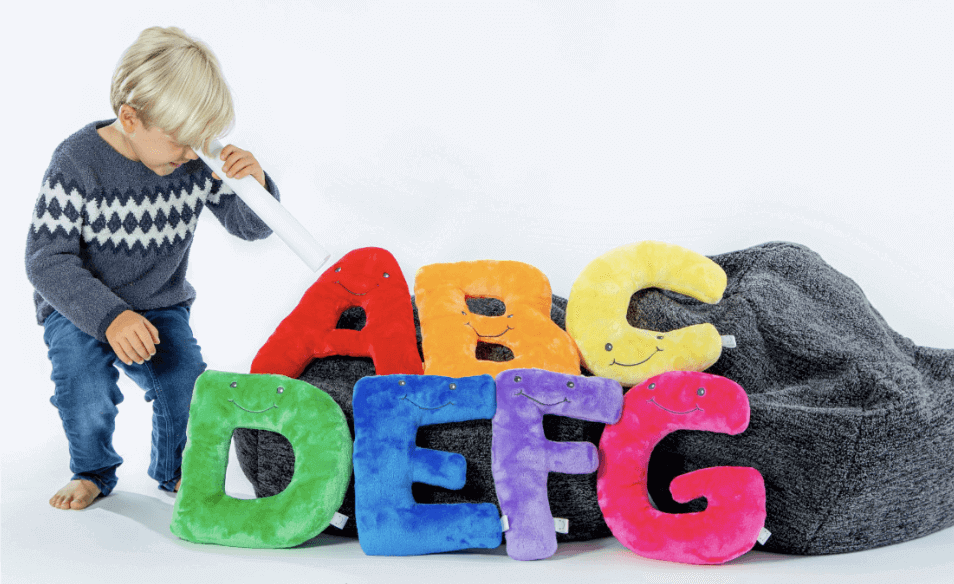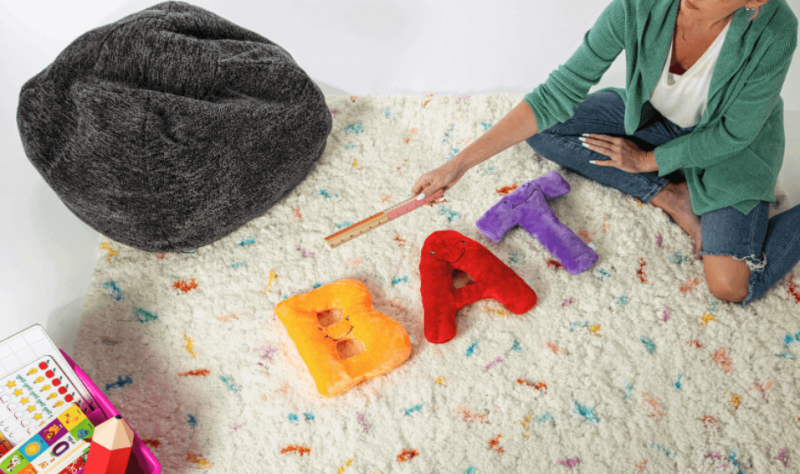
Strategies and Teaching Tips for Special Education
December 19, 2023
Once parents understand that their child is different from others, the journey toward finding the correct help can be arduous. Finding the right organizations or individuals who have the training for teaching students with disabilities makes this journey so much more comforting. And with over two million children having specific learning disabilities (SLD) in the U.S., parents are not alone.
Because of the great need, specialized instructional strategies for special education have also been developed by experts. These strategies make all the difference in the child's life, helping them achieve their full potential and creating a positive family experience.
This article addresses some of the strategies for teaching students with disabilities to help children with SLDs to blossom.
Understanding Your Child's Learning Needs
Once parents realize their children are different, the next step is understanding their learning disabilities. The child may face cognitive challenges in understanding concepts or have behavioral differences that make learning difficult. Alternatively, they may struggle with communication.
It is important that parents recognize that their children may face a combination of one or more of these learning challenges. When they do, parents should adopt a comprehensive method of teaching special needs students.
The ideal approach to teaching students with disabilities is for parents to collaborate with the child's Individualized Education Program (IEP) team of educators and experts. The IEP team can then develop an IEP that specifically addresses the child's unique learning needs.
Creating a Supportive Learning Environment
Teaching students with disabilities should focus on two primary concepts. One is creating a sensory-friendly space so parents or educators can focus on teaching special needs students. The idea here is to reduce distractions so students can focus on learning. One way to achieve this goal is by providing children with sensory tools that meet unique needs. For example, sensory tools like soft plush letters help increase focus, aid learning, and reduce anxiety.
Another strategy for teaching students with disabilities involves establishing strict routines and setting clear expectations. Teachers often use visual applications to help students stick to routines. These routines add to the child's stability, help them understand what is expected, and increase effective instruction so they can overcome their learning disabilities. Encouraging ownership of space, arranging furniture to reduce clutter, having quiet spaces, and taking regular breaks also help to create a supportive learning environment when teaching special needs students.
Utilizing Therapeutic Teaching Approaches
Instructional strategies for special education should incorporate hands-on activities to help students maintain focus. Activities like learning with all the senses stimulate interest and learning.
Teachers can achieve sensory engagement with diverse learning tools such as visuals, audio, and touch. AlphaPals offers a selection of valuable word games, videos, and educational alphabet toys to complement teaching special needs students that cater to multi-sensory needs.
Technology like educational apps that help children stick to routines and manage their behavior is helpful. Examples of assistive devices include touch screens, light pointers, and voice-to-text software. The apps and devices for therapeutic teaching are extensive, giving educators multiple more ideas on how to teach special needs students.
Individualized Instruction Strategies
Parents should obtain help from the IEP team with instructional strategies for special education. What these individualized strategies are will depend on the child's needs. Still, educators need to adapt lessons for different learning styles or offer additional instruction styles to meet the child's needs.
Multi-sensory tools and allowing students time to complete tasks are two examples of how to meet different needs. Creating small groups to promote engagement and understanding are also effective strategies for teaching students with disabilities. Likewise, teachers can organize peer support and collaboration to increase the value of lessons.
Communication and Collaboration
Parents and teachers should be proactive in sharing feedback about teaching students with disabilities. Establishing regular communications with the IEP team to share insights and discuss challenges and progress is ideal. If individual instructional strategies need changing, then new plans can adapt to specific needs.
Similarly, parent networks are supportive and provide additional backup for student learning. Parents can share tips across these networks and discuss how they respond to setbacks and successes. In combination with the other tips, communication, and collaboration are keys to success when teaching students with disabilities.
Encouraging Independence and Self-Advocacy
An important part of teaching students with disabilities involves fostering self-esteem and confidence. Parents can help their students to become more independent by practicing self-advocacy.
Independence means learning problem-solving by identifying and defining an issue. From there, educators must guide students in thinking about solutions that will solve the problem. Students should be encouraged to pick the best solution to increase their decision-making skills.
Effective communication is also a vital strategy for teaching self-advocacy to students with disabilities. After identifying a need, the student must learn how to express it politely by using social skills. Settings are as important as being polite during self-advocacy. Parents should encourage their children to use disability language to express their needs and help others to meet these by providing alternatives to find solutions.
Celebrating Progress and Milestones
Strategies for teaching students with disabilities would be incomplete without recognition of achievements. Parents and other educators can recognize their child's small achievements by congratulating them and offering verbal encouragement. Small rewards like creating a photo wall of fame, an extra break, or more time outdoors are also effective ways to celebrate progress.
Set realistic daily, weekly, and monthly goals for social and emotional growth and academic achievements when teaching special needs students. Recognition and celebration are joyful, fun ways to add meaning to the learning process for students and teachers, so always include this step when teaching students with disabilities.
Alphapals Is Here to Support
To summarize, instructional strategies for special education involve understanding the child's learning needs. It also requires creating a supportive environment to learn and grow. Educators use various therapeutic teaching techniques to enhance this learning experience.
Teaching special needs students also involves adapting education to meet individual capabilities, communication, and collaboration with the IEP team and other parents to create supportive networks. Strategies for teaching students with disabilities must encourage independence and self-advocacy and celebrate progress.
Similarly, ongoing collaboration and learning are essential for progress. Lastly, it is important for educators to exercise a supportive and adaptive approach for effective instruction when teaching special needs students.
Learn more about our sensory-friendly, gender-neutral educational alphabet plush toys to make special education fun!









